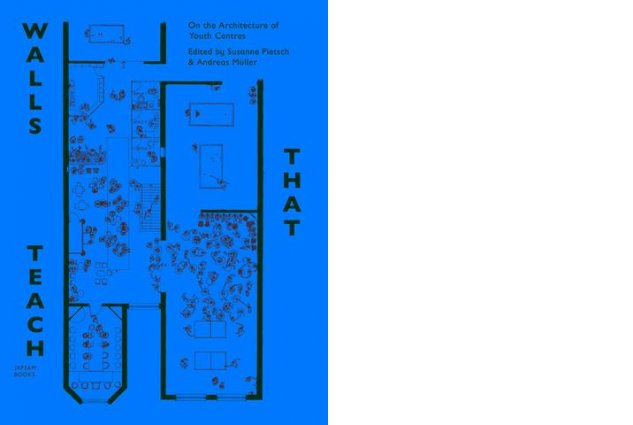Walls That Teach
“In this house the walls will teach” declared the Soviet news agency Pravda at the inauguration of the Moscow Palace of Young Pioneers in 1962. This statement casually formulates a recurring motif in the history of architecture for youth: the claim to educate through the built environment. Young people were considered ideal targets for this approach of social constructivism due to their ambivalent status as objects of social rights but not yet subjects of political rights. The organisation of youth centres around leisure time activities partially concealed their educational goals and consequently made them all the more pervasive. The pedagogical power of their architecture is found not only in design but also in modes of using, appropriating and inhabiting them.
Containing 14 essays and 25 case studies, this book traces the manifestations of the idea of pedagogical architecture of youth centres throughout the 20th century.

